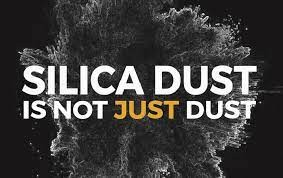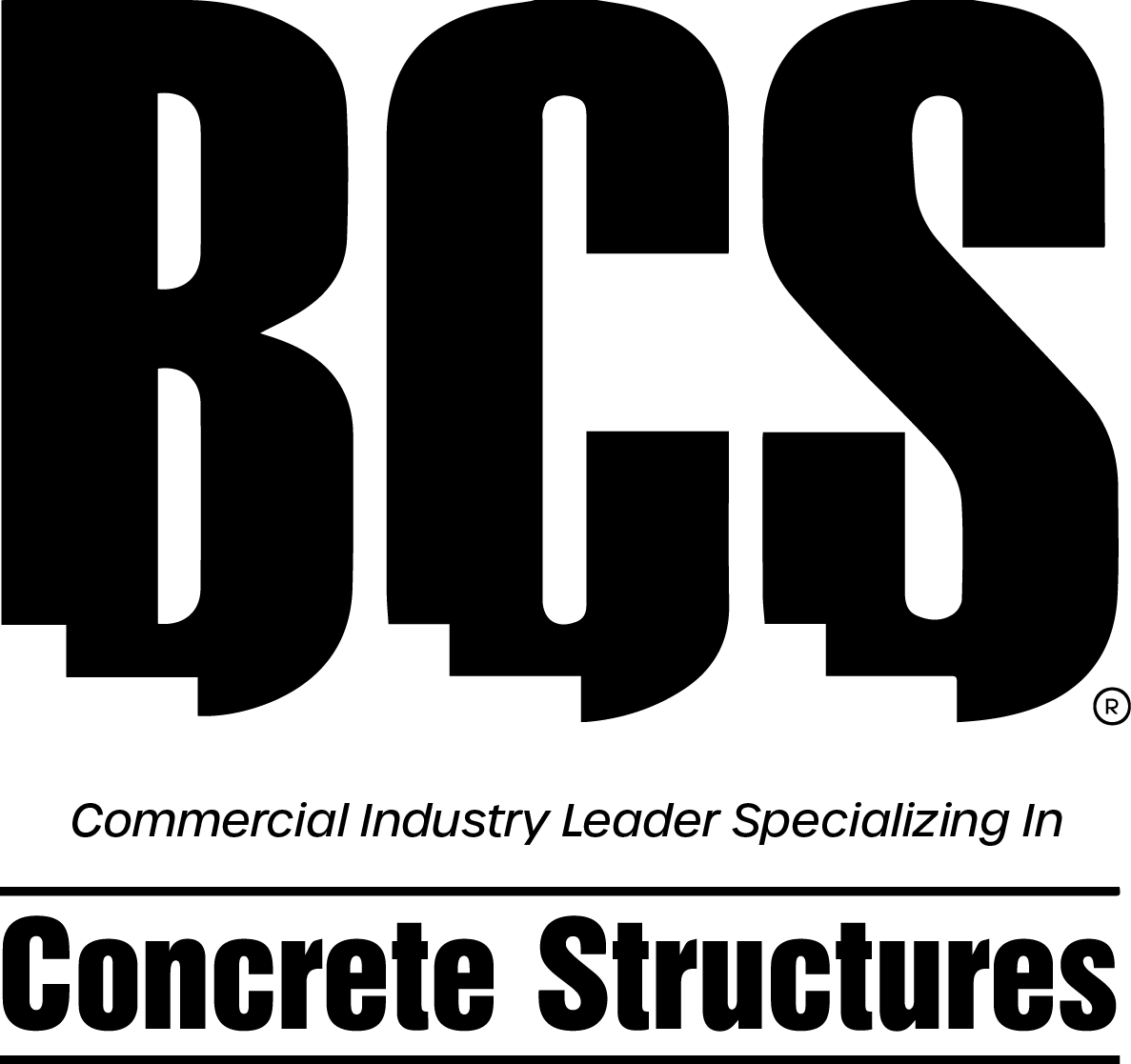Concrete Workers are at risk when exposed to respirable crystalline silica. Silica is found in concrete, brick, mortar, block and stone and when it is involved in operations like cutting, sawing, grinding, drilling or sand blasting it creates invisible particles that can be inhaled into the lungs of workers nearby. Long term exposure to these particles can have serious health effects including lung cancer, silicosis and kidney disease.

The OSHA standard requires employers to protect workers from respirable crystalline silica when exposure is above the level indicated in the standard which is 50 ug/m3 or 50 parts per million (known as the Permissible Exposure Limit (PEL)) as a Time Weighted Average (TWA) for an 8-hour shift. If the level is half of the PEL or 25 umcm3, also known as the Action Level (AL) then employers must take steps to reduce exposure to respirable crystalline silica. Some examples of silica control measures are; wet sawing, using floor sweeping compound, wearing N95 respirators, placing dust collectors on tools and using vacuum cleaners with HEPA (High Efficiency Particulate Airfilters.
BCS has conducted third party air sampling and found that they are not exposing their workings to high levels of respirable crystalline silica. In fact, the BCS safety policy requires silica control measures even though we have tested air quality and found it to be below the action level. Dry sweeping is no longer allowed on BCS jobsites, Silica Awareness training is part of OSHA 10 Hour and OSHA 30 Hour classes and any concerns about silica exposure are normally discussed prior to starting a new job. Even Project Managers and Estimators are aware of the hazards of silica and ensure that BCS employees are taking adequate measures to protect themselves.
BCS continues to address safety concerns by focusing on industry trends, field issues, General Contractor requirements and OSHA emphasis programs.
To see our past concrete work, visit our portfolio and get a quote from us today.

